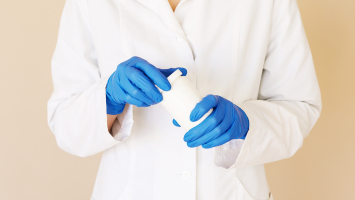Top 7 Things to Know About Doxycycline
A broad-spectrum antibiotic of the tetracycline class called doxycycline is used to treat illnesses brought on by bacteria and certain parasites. Acne, ... read more...chlamydia infections, Lyme disease, cholera, typhus, and syphilis are among the conditions it is used to treat. When used with quinine, it is also used to prevent malaria. In this post, Toplist will share some things to know about Doxycycline. Let's dive in!
-
- An antibiotic called doxycycline is used to treat a variety of infections brought on by gram-negative, gram-positive, anaerobic, and other susceptible bacteria.
- Oxytetracycline, which was created for the first time in the 1950s, is the source of doxycycline.
- Doxycycline blocks the synthesis of bacterial proteins by attaching to a ribosomal subunit and blocking the linking of amino acids. Bacteria are unable to function without proteins.
- Bacteriostatic meaning that doxycycline prevents bacteria from multiplying but does not necessarily kill them.
- The class of drugs known as tetracycline antibiotics includes doxycycline.
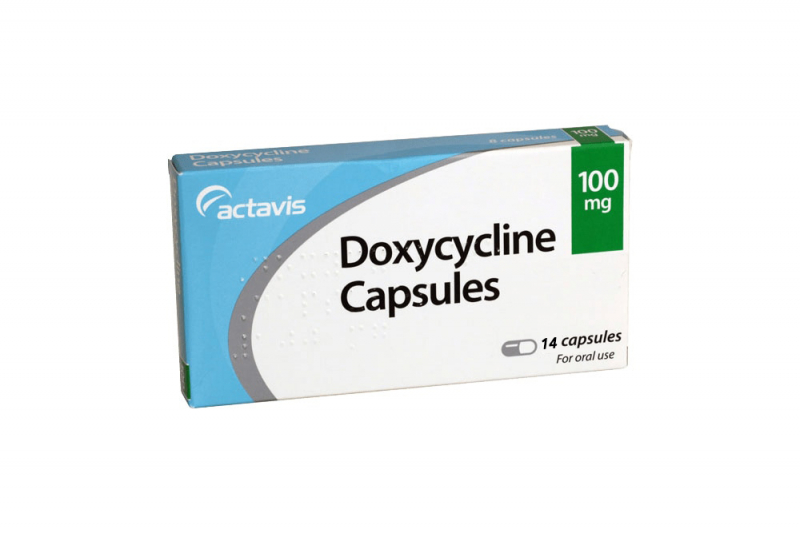
Photo: LloydsPharmacy Online Doctor 
Photo: Optometry Times -
- Widely effective against a variety of bacteria, including certain gram-negative and positive bacteria, anaerobes, and some parasites (such as Balantidium coli and Entamoeba species).
- May be used to treat a variety of infections, including those that affect the skin, sinuses, genitourinary system, and respiratory tract; some examples include:
- Rickettsiae-group bacterial diseases transmitted by ticks, like Rocky Mountain spotted fever typhoid fever and spot fever
- respiratory tract infections brought induced by Mycoplasma pneumoniae, Streptococcus pneumoniae, or Haemophilus influenzae
- Certain Chlamydia species can cause infections of the eyes or genitourinary system.
- Campylobacter, cholera, chancroid, plague, and brucellosis
- Uncomplicated gonorrhea and syphilis.
- May be used in conjunction with other acne treatments.
- When penicillin is not recommended, an alternative medication may be administered.
- Doxycycline is accessible in generic form.
- Scaling and root planing are frequently combined with subantimicrobial-dose doxycycline (SDD) as a therapy for periodontitis. In a meta-analysis published in 2011, significant differences were seen for all periodontitis clinical parameters evaluated in favor of the scaling and root planing + SDD group, with SDD dosage regimens of 20 mg twice day for three months.
That's all about the second thing to know about Doxycycline.

Photo: THUOCNHAPNGOAI.COM 
Photo: Wellona Pharma -
You are more likely to have the following side effects if you are between the ages of 18 and 60, do not take any other medications, or have any other medical conditions:
- A backache, joint discomfort, nausea, dyspepsia, headache, nasal and sinus congestion, or rash.
- In bone-forming tissue, tetracyclines—including doxycycline—form a persistent calcium complex. This may have an impact on a fetus's skeletal development as well as young children's fibula growth rates.
- Can result in enamel hypoplasia (underdeveloped tooth enamel) or permanent tooth discoloration (usually yellow-gray-brown staining) if used during crucial stages of tooth development, including the second half of pregnancy or in young children under the age of eight. Short-term use has been noticed, however long-term use carries a higher risk.
- Most medications, including doxycycline, have been linked to the severe, chronic diarrhea caused by Clostridium difficile. If chronic diarrhea develops within two months of taking doxycycline, seek medical attention.
- An increased incidence of vaginal candidiasis has also been linked to using antibiotics like doxycycline (thrush).
- Cross-resistance occurs frequently. This suggests that bacteria are likely to be resistant to doxycycline if they are resistant to other tetracyclines.
- Some people, such as those who are pregnant, nursing, or have young children under the age of eight, may not be able to use it.
- Some medications, such as anticoagulants, penicillins, antacids or iron-containing preparations, antiepileptics, and oral contraceptives, may interact with one another.
- Your risk of sunburn may increase if you use doxycycline since it may make your skin more sun-sensitive.
- Using doxycycline has been linked to a higher risk of developing inflammatory bowel disease. Patients who had doxycycline for their acne had a 2.25-fold higher risk of getting Crohn's disease, according to a significant retrospective study.
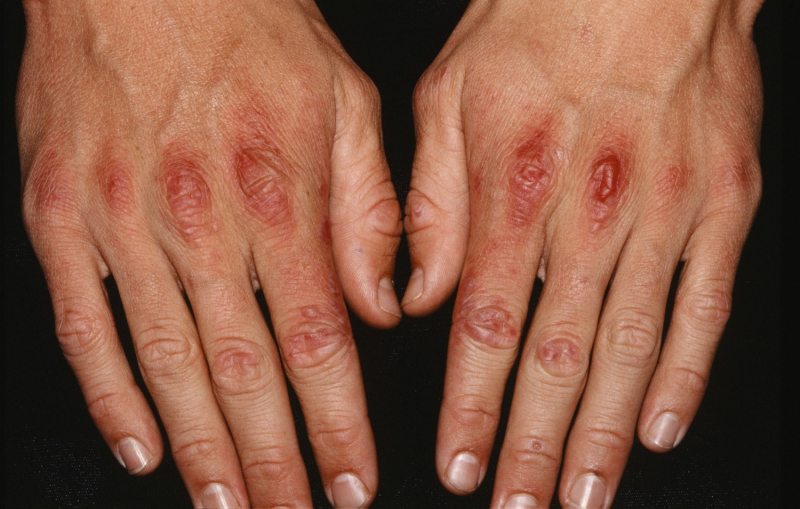
Photo: Psychology Dictionary 
Photo: Freepik -
Don't forget to mention tips for using Doxycycline when talking about things to know about Doxycycline.
- Take the doxycycline as prescribed. Some doxycycline medications, both branded and generic, must be taken one or two hours before or after meals. Make sure you are aware of the appropriate time to take your branded or generic doxycycline. Doxycycline's absorption is not significantly impacted by food or milk, in contrast to several other tetracyclines.
- Maintaining hydration is important while using doxycycline. The likelihood of gastrointestinal side effects may be lowered as a result.
- Take doxycycline as prescribed for the full amount of time. Other infections should not be treated with it unless your doctor specifically instructs you to. Doxycycline does not treat viral infections, such as the common cold.
- While taking doxycycline, avoid prolonged sun exposure and artificial UV radiation. If skin redness or rashes appear, consult a doctor. If exposure to sunlight cannot be avoided, use an SPF50+ sunscreen and wear sun protective apparel when outdoors.
- Within a few days to months of stopping doxycycline, if you experience watery or bloody stools that may be accompanied by fever or stomach cramps, call your doctor right away.
- Doxycycline therapy may make women more susceptible to vaginal candidiasis. If you experience vaginal candidiasis symptoms, consult your doctor or pharmacist about possible treatments.
Take doxycycline at least an hour before food if you take a daily dose of 40mg for rosacea or gum infections. You can take it with or without food if you're taking a greater dose of 100 mg or more for another type of infection. But if you take it with meals, you'll be less likely to feel nauseous. If you take it twice a day, you may take it in the morning before you get out of bed and in the evening before you go to bed. After taking doxycycline, try to avoid lying down for at least 30 minutes. This lessens the chance of inflammation. Start your doxycycline therapy for malaria 1–2 days prior to traveling to a malaria-endemic location. 4 weeks after leaving the area, stop taking it. Ask your doctor or pharmacist whether doxycycline is the most effective malaria preventative in the nation you're visiting.
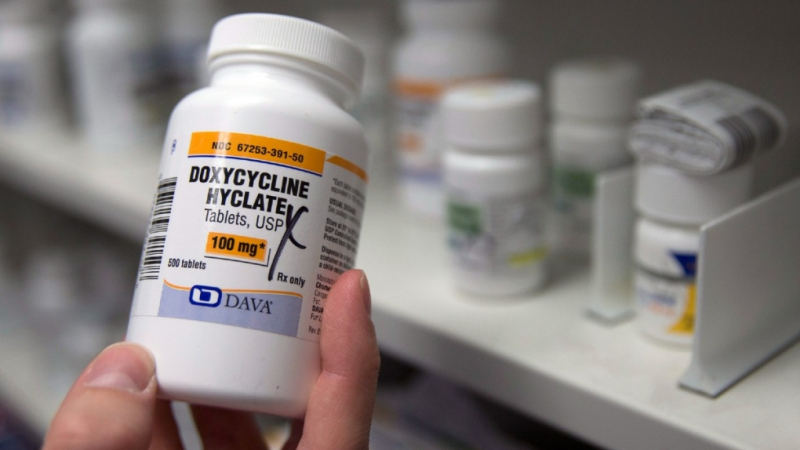
Photo: CTV News 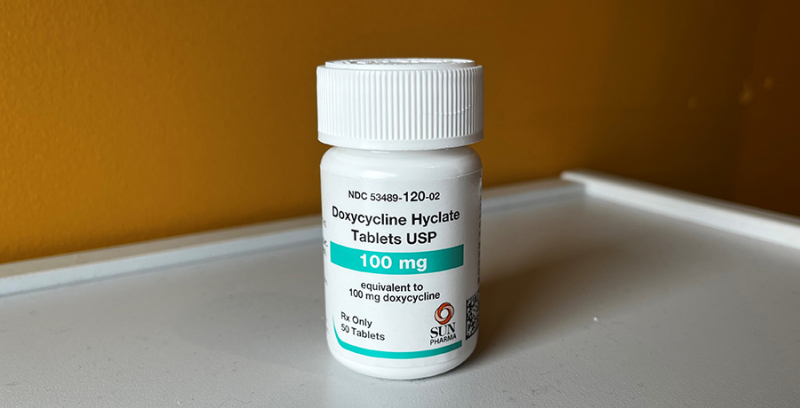
Photo: San Francisco AIDS Foundation - Take the doxycycline as prescribed. Some doxycycline medications, both branded and generic, must be taken one or two hours before or after meals. Make sure you are aware of the appropriate time to take your branded or generic doxycycline. Doxycycline's absorption is not significantly impacted by food or milk, in contrast to several other tetracyclines.
-
When used with Doxycycline, certain medications may either lessen the drug's impact, shorten its duration of action, exacerbate adverse effects, or have no effect at all. Even while it is not always necessary to cease taking one of the drugs, sometimes there is an interaction between two drugs. Consult your doctor to learn how to handle drug interactions. Tetracyclines are generally less absorbed when taken with food, especially calcium-containing meals; however, doxycycline does not seem to be as absorbed by food or milk to the same level as other tetracyclines.
Typical drugs with which Doxycycline may interact are:
- Antacids that may interfere with doxycycline absorption include those made of aluminum hydroxide, calcium carbonate, magnesium hydroxide, or sodium bicarbonate.
- anticonvulsants, such as phenytoin, phenobarbital, or primidone
- bismuth subsalicylate
- calcium supplements
- iron supplements
- multivitamins
- oral contraceptives (doxycycline may reduce the effectiveness of estrogen-containing oral contraceptives)
- penicillin
- warfarin.

Photo: Vinmec 
Photo: Vinmec -
The next thing to know about Doxycycline is its response and effectiveness.
- The oral administration of doxycycline results in practically full absorption. Two to three hours after dose, peak concentrations are reached; however, it could take up to 48 hours before infection-related symptoms start to subside.
- The liver concentrates doxycycline in the bile, which is then eliminated in an active form through the urine and feces.

Photo: Fidson Healthcare Plc 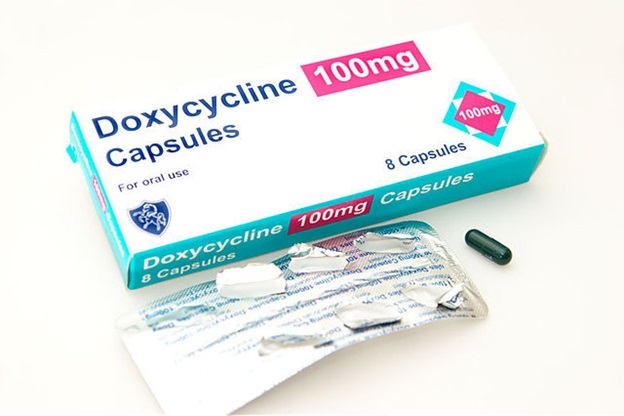
Photo: AloBacsi -
It is not advised to take doxycycline when pregnant. It may have an impact on your baby's bone and dental growth. If you want to use a different antibiotic, talk to your doctor. The FDA classifies doxycycline as a class D medicine during pregnancy. The drug doxycycline enters breast milk. Other tetracycline antibiotics should not be used during pregnancy or in children under the age of eight due to the risk of affecting bone and teeth development. They have a class warning concerning teeth discoloration and reduced dental enamel growth in kids exposed to tetracyclines during pregnancy, nursing, or early childhood. The FDA has stated that it is unclear if doxycycline specifically carries a risk of dental discoloration of primary teeth.
If your doctor or health visitor certifies that your infant is healthy, you may take doxycycline while nursing for a brief period of time (less than three weeks). Doxycycline only enters breast milk in very minute quantities. However, the calcium in your milk adheres to the doxycycline, making it difficult for the infant to absorb much of it. Doxycycline is unlikely to harm your infant when used for a brief period of time. There is a slight possibility that prolonged use may have an impact on bone and tooth formation. The only time this has occurred is when babies have received doxycycline directly. When babies receive doxycycline through breast milk, it has never happened.

Photo: Johns Hopkins Medicine 
Photo: Raising Children Network




















